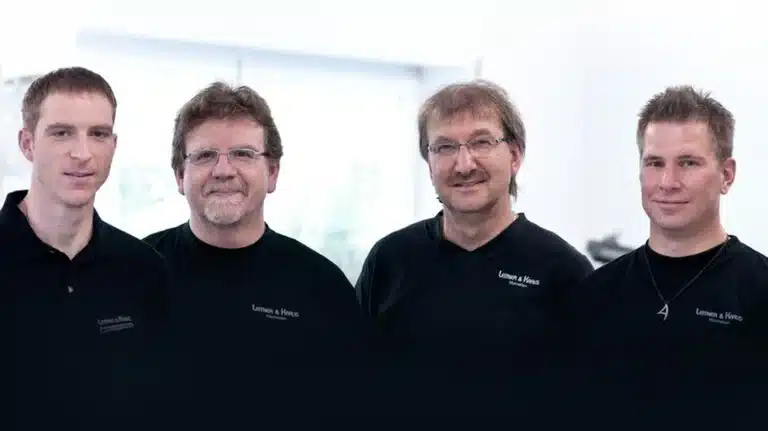Mouthpieces
German and French mouthpieces, bass, Eb and basset horn mouthpieces
FIND THE PERFECT MOUTHPIECE
The job of the mouthpiece is to allow the clarinettist get the best out of the instrument. Therefore the connection between musician and instrument is an important element. The material and shape of these mouthpieces are designed to enable perfect performance. Easy response, register colors and high efficiency.
- High-precision manufacturing technology - CNC milled facings
- Food safe materials
- Blanks and facings developed by Leitner & Kraus
Mouthpieces made of Zelltec®
Brilliant, clear sound
Our proven composite material combines the advantages of cell- and
Synthetic-Materiel with excellent sound properties and
exceptional durability. The black Zelltec® is a bit more flexible and modular.
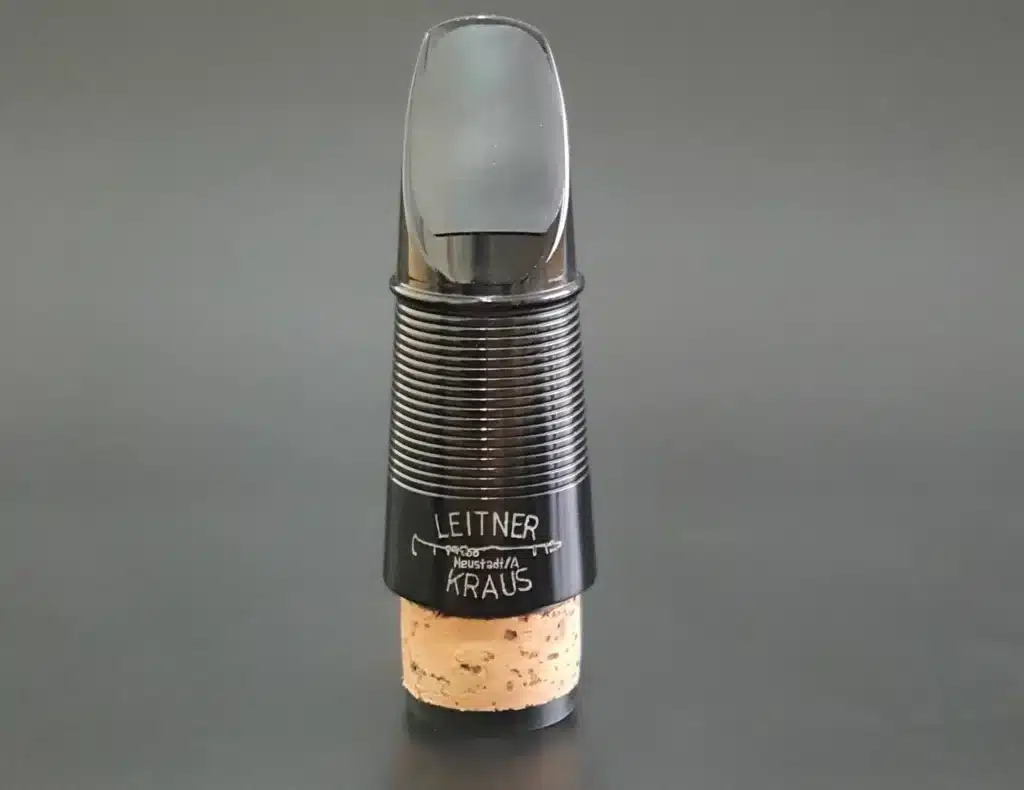
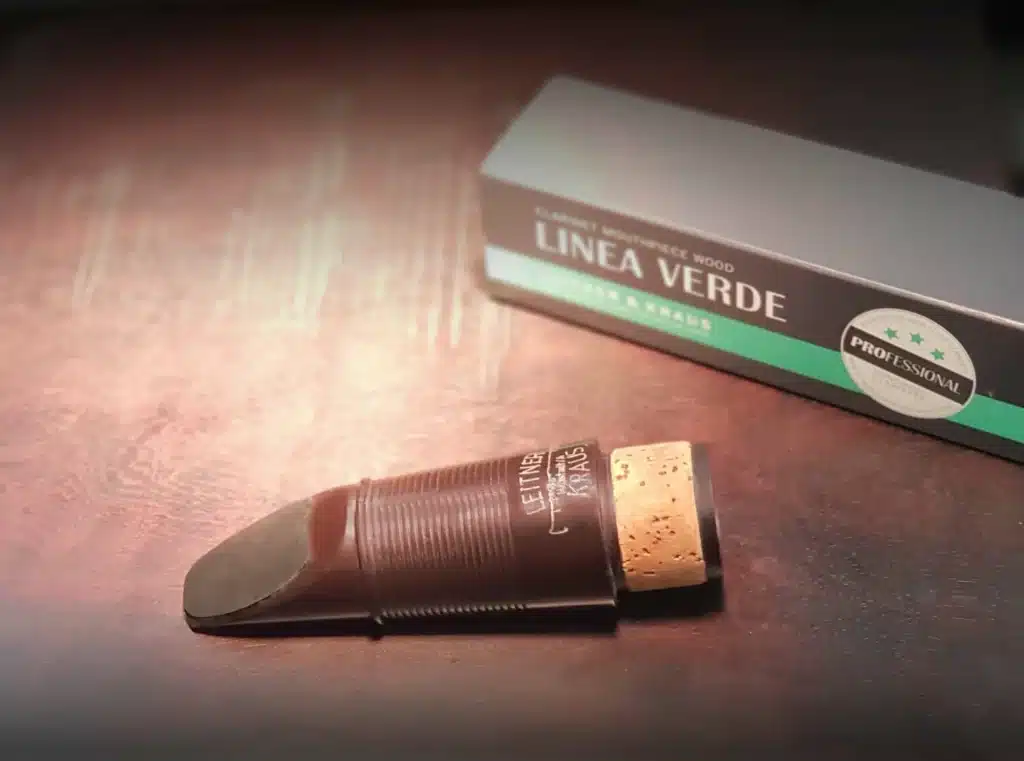
Warm, full sound
Wooden mouthpieces (linea verde)
Because of the latest revolutionary technology, we are able to offer mouthpieces made of cast wood. This technique combines the advantages of grown wood and conventional materials. Mold-stable and resistant. Unique worldwide and registered design.
Mouthpieces made of Zelltec® +
Brilliant, clear, direct sound
Our proven composite material combines the advantages of cell- and
Synthetic-Materiel with excellent sound properties and
exceptional durability. Clear (transparent) it is some brilliant and more direct than the black Zelltec®. The material mixture is a bit “harder”
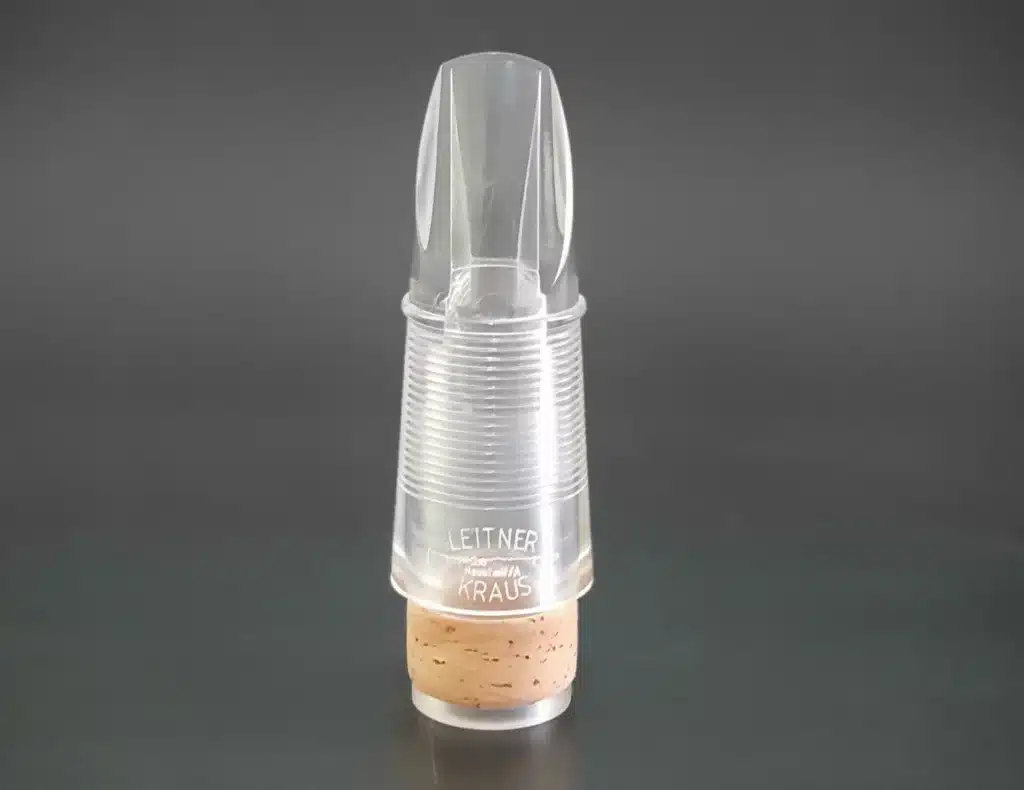
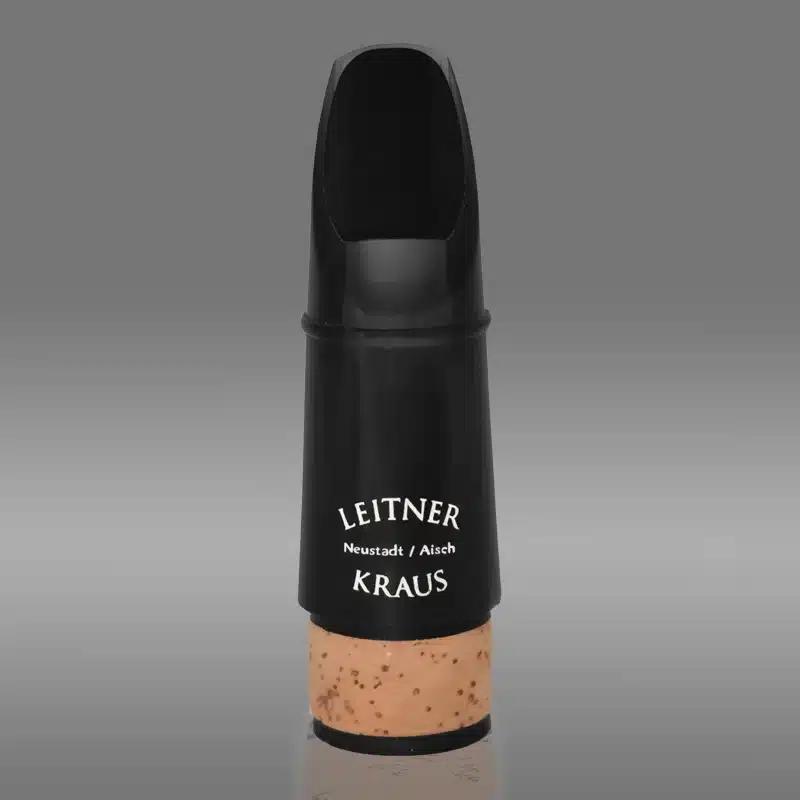
Warm, flexible sound
Mouthpieces in "Deepblack"
A modular high performance polymer, with special sound characteristics.
Warm sound and flexible sound, similar to that of India rubber.
The material is biocompatible and thus completely harmless.
Clear, direct sound
Mouthpieces in "Midnightblue"
A high-performance polymer with excellent properties. Clear direct sound, balanced and stable.
The material is biocompatible and thus completely harmless.
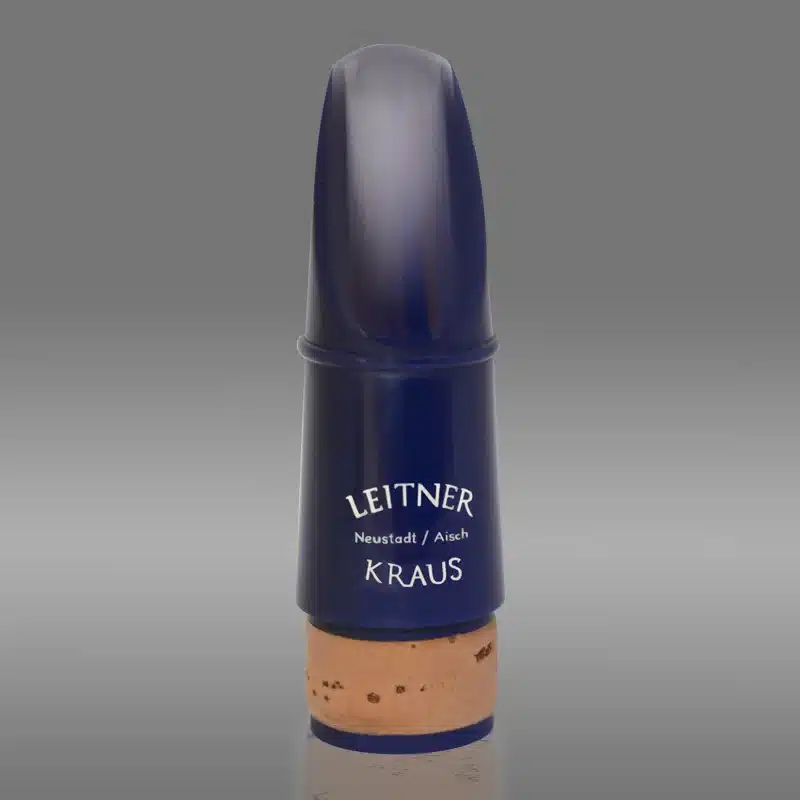
Know how
When developing our German mouthpieces, it was a fundamental goal to match the reed width to the Boehm reed. The edition was slightly wider in order to positively influence the sound properties.
Alexander Willscher developed a special reed cut for us
- CNC milled facings
- Blanks developed by L&K
- Computer calculated facings
- Materials harmless to health (biocompatible)
- Different bores
Reeds
- Special cut for perfect speech
- Refillable reed boxes
- constant quality

Hans Colbers Line
“The company” Hans Colbers Mouthpieces I ended at the end of 2019, but I am very happy and proud thatLeitner & Kraus took over my facings for clarinet mouthpieces and can now also offer. In my opinion, Leitner & Kraus are the only clarinetmakers, that I can entrust my facings. I can guarantee very high quality. I can warmly recommend these mouthpieces.”
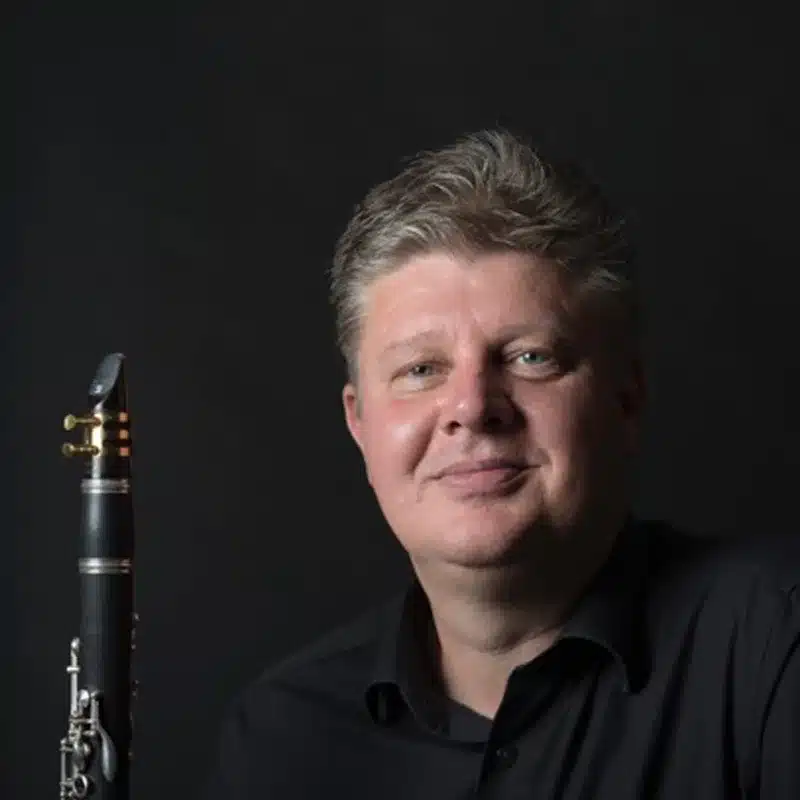
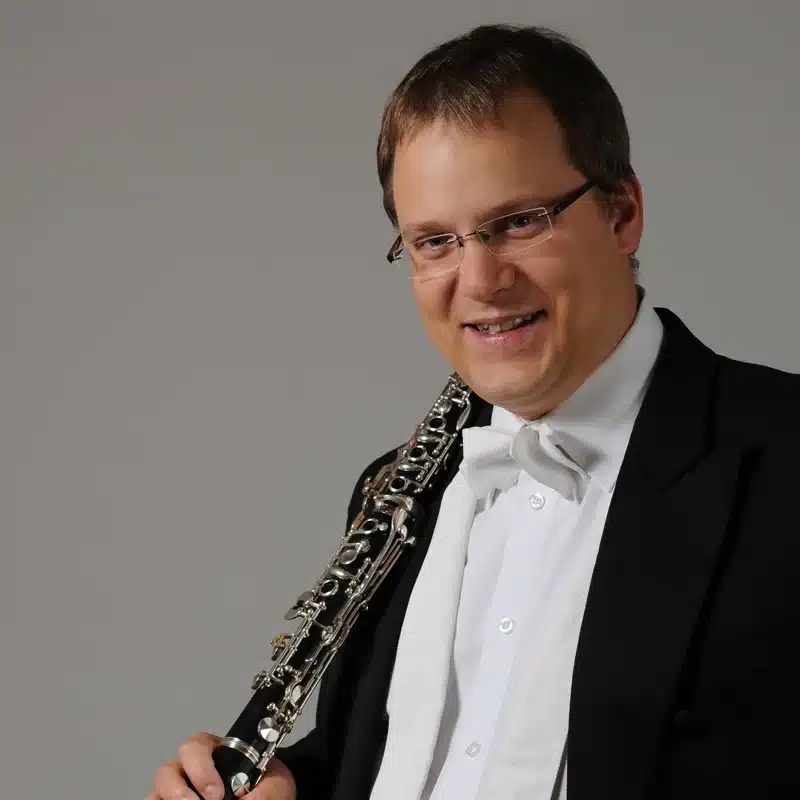
The LZ-facing
Lars Zolling
The LZ-facing
After I have blew on a combination of rubber mouthpiece and synthetic reeds for over 10 years I needed to search for new sources of supply, because of delivery problems with the manufacturer I used.
Also the (normal) sound losses of the natural rubbermouthpieces after 2 years is use
let the consideration grow, if there is a “dead” mouthpiece material, that would be playable with sythetic reeds, similar to natural rubber in sound and speech, but more durable and long living.
In this situation, the company Leitner & Kraus helped (as so often) with its craftsmanship and their almost inexhaustible will for innovation.
The first attempts to copy the existing facings exactly to Zelltec, we were not fully satisfied, so we started to modify it by stretching and tendency and redesigning the interior of the mouthpiece. In the meantime, I can say that actual design of the LZ mouthpiece works very reliably with synthetic lreeds for all conceivable music styles.
I myself use the “European Cut” of the Legere company in the strengths 2.75-3.25 for the normal clarinet and “signature” old saxophone reeds of strength 2.0-2.75.
I chose “Deep Black” as the material, because it seems to me to be the “most rubber -like”.
The facing also works on the other L&K materials, and of course it works (like almost all facings for synthetic reeds) with normal wooden reeds. I particularly appreciate the intonatory reliability on the LZ-facing, the cleanliness and density of the sound as well as the excellent focus on the tongue.
Whether in orchestral service, in chamber music or when teaching, I always find a situation-based material combination, quickly and uncomplicated.
My special thanks go to Andreas Kraus for his angelic patience, listening and his “terrier qualities” when solving problems.

